6 best paint sprayers for your DIY projects
Looking for a quick and super smooth finish on your next paint project? Then check out our pick of the best paint sprayers currently on the market
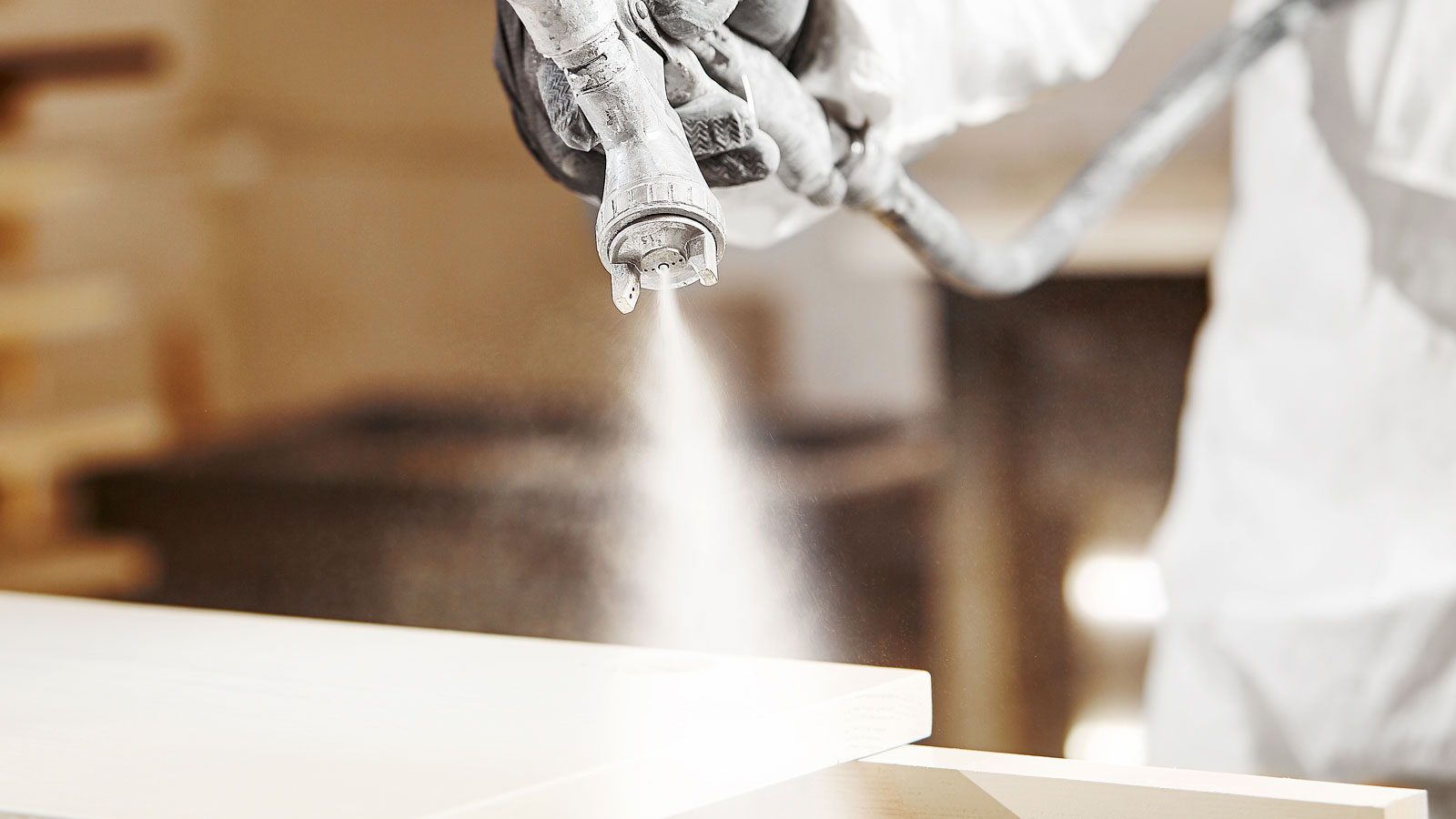
The list in brief ↴
1. Best overall: Bosch PFS 3000-2 All Paint Spray System
2. Best for small projects: Wagner W100 Paint Sprayer
3. Best cordless sprayer: KATSU Cordless Paint Sprayer Gun
4. Best multi-use model: NEU MASTER Fence Paint Sprayer
5. Best premium model: Wagner Airless ControlPro 250M
6. Best budget sprayer: Cuprinol Spray and Brush Pump
Get your hands on one of the best paint sprayers and it won't be long before you’ll be producing factory-like finishes on kitchen cabinets, walls, furniture and fences. They are an ideal replacement for rollers and paint brushes if you want a super-smooth finish that you can’t get any other way.
But, it's not just the finish that's impressive, the speed you can apply paint is much, much quicker than brushes and rollers. And, you can still use your usual emulsions, gloss and varnishes. Try using a paint sprayer when painting a fence and you’ll see the difference.
Are you ready to try something different on your next paint project? Then we have a selection of paint sprayers that covers all bases, making it easy for use to choose the best for your needs.
The Quick List
Not much time to spare to look for the best paint sprayers for you? Fear not – we've put together a speedy overview of all the sprayers on this list, along with handy quick links that allow to you skip down the page to get right into a more detailed review of the particular product that you like the look of.
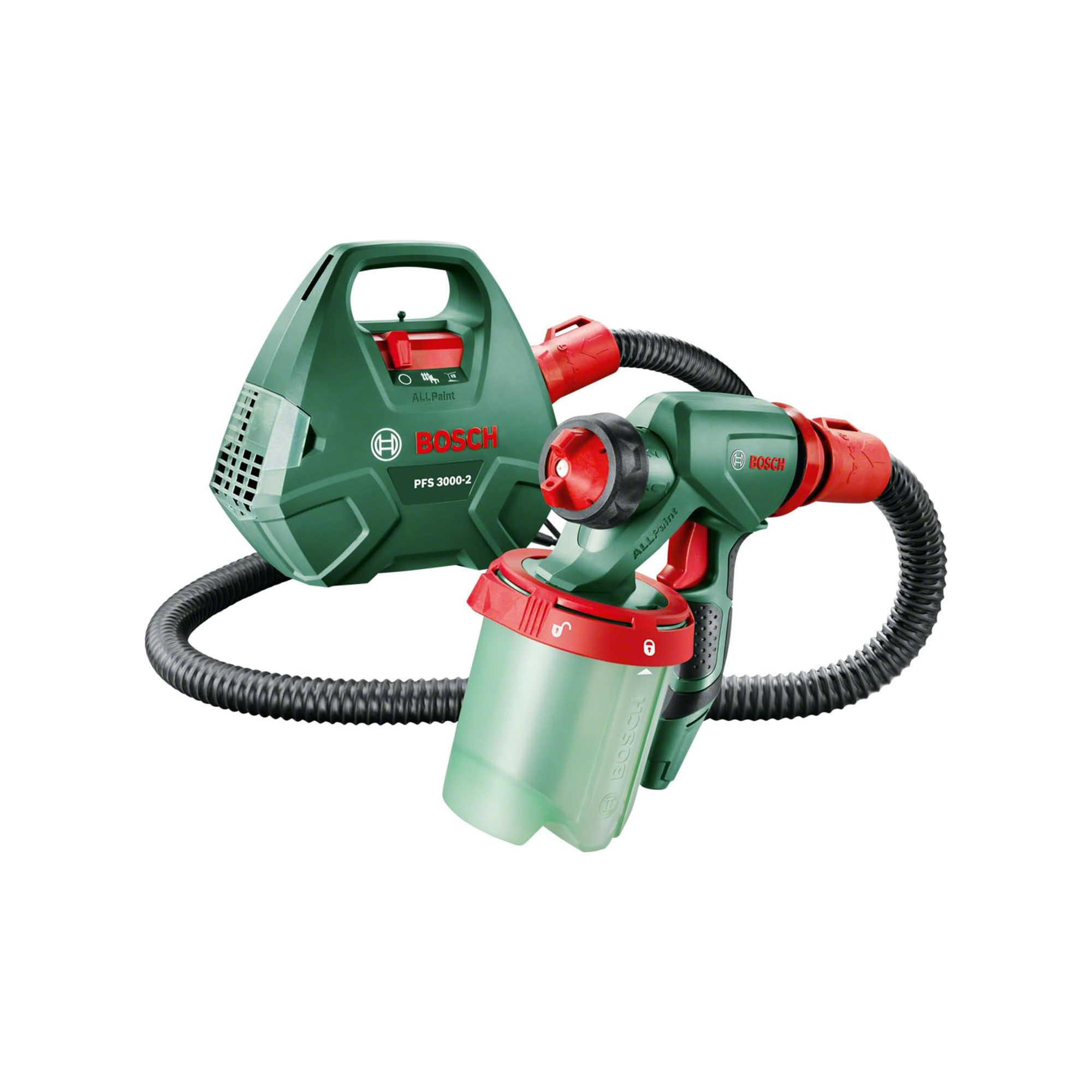
A doddle to use and really versatile, this sprayer is suitable for the majority of projects making it the perfect all-rounder. It comes with a selection of interchangeable nozzles for all kinds of paints and varnishes – plus its large capacity tank means less refilling.
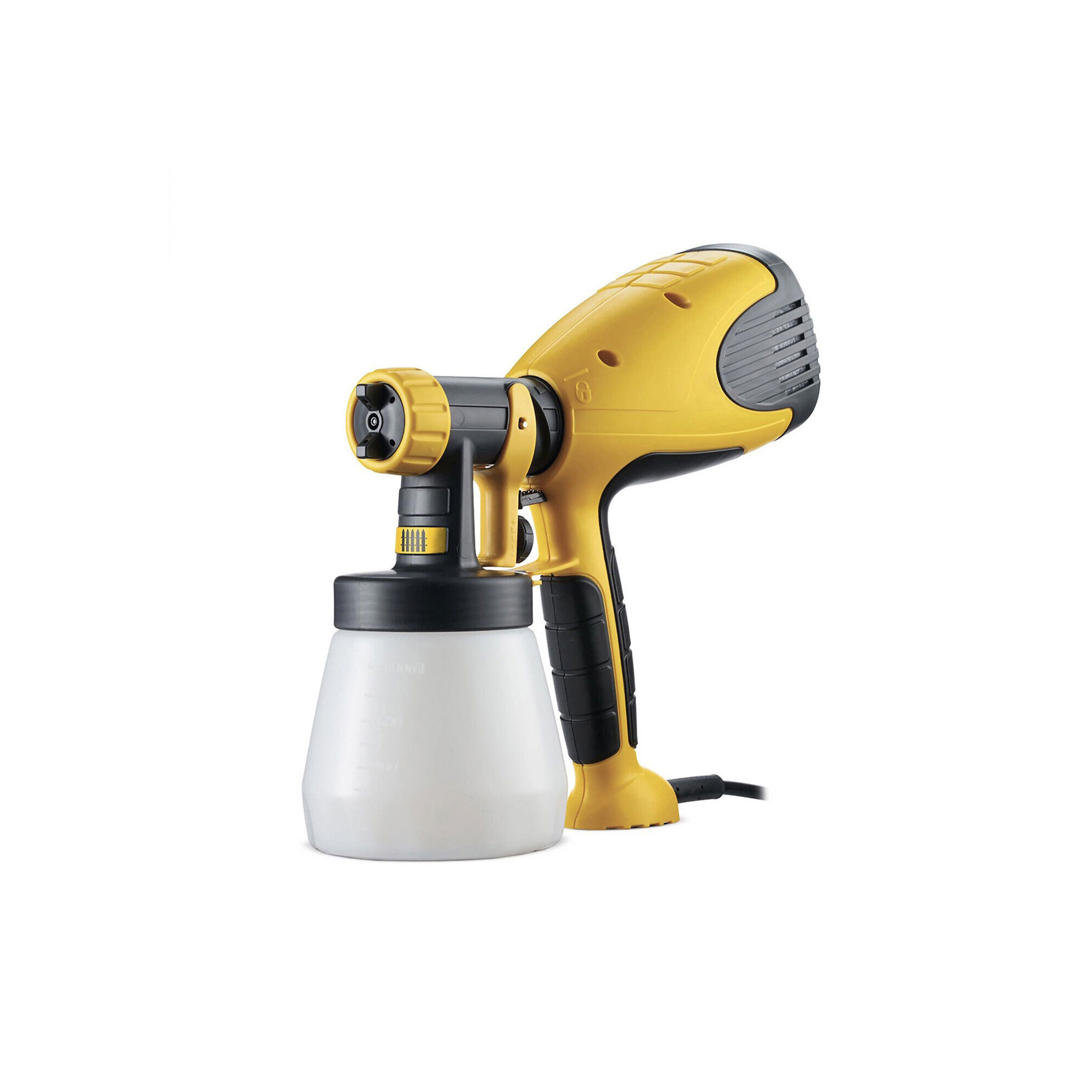
Ideal for small projects, such as windows. Although it isn't suitable for gloss, it works well with water-based and solvent-based finishes. It also comes with an air jacket designed to prevent the paint from spreading around too much – less masking off required and perfect in tight spots.
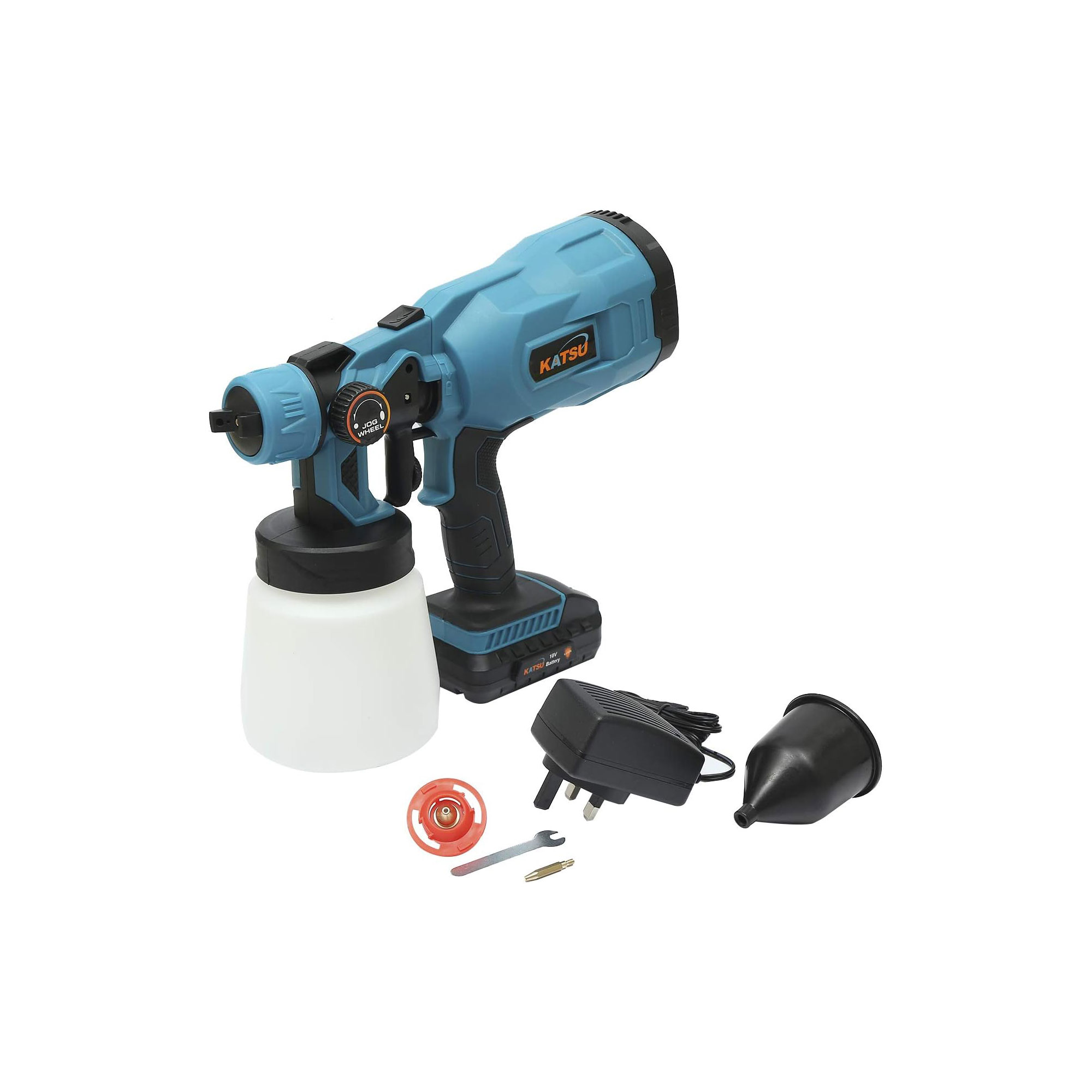
Cordless tools are always a little easier to use than those with long, trailing wires and this Katsu paint sprayer is no exception. Powered by a Lithium-ion battery, it is capable of expelling approximately four litres of stain, varnish or paint on one full charge and comes with an 800ml capacity tank and two nozzles.
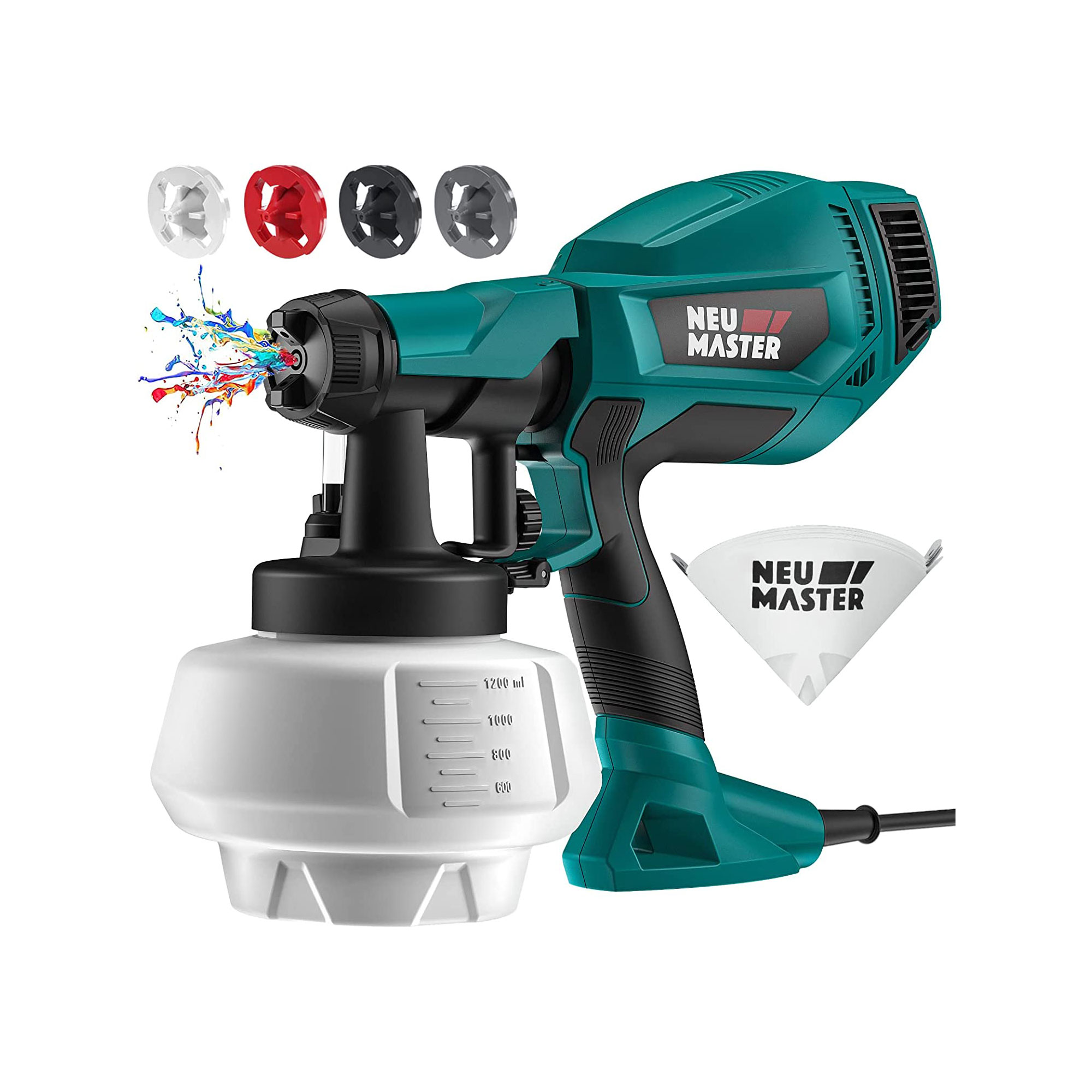
With three spray patterns and four nozzles, the Neu Master Sprayer also comes with a pretty impressive 1200ml capacity container. Another bonus is that it can be used with a variety of coverings, including thinned latex pints, stains, sealers, enamel, varnish, and more.
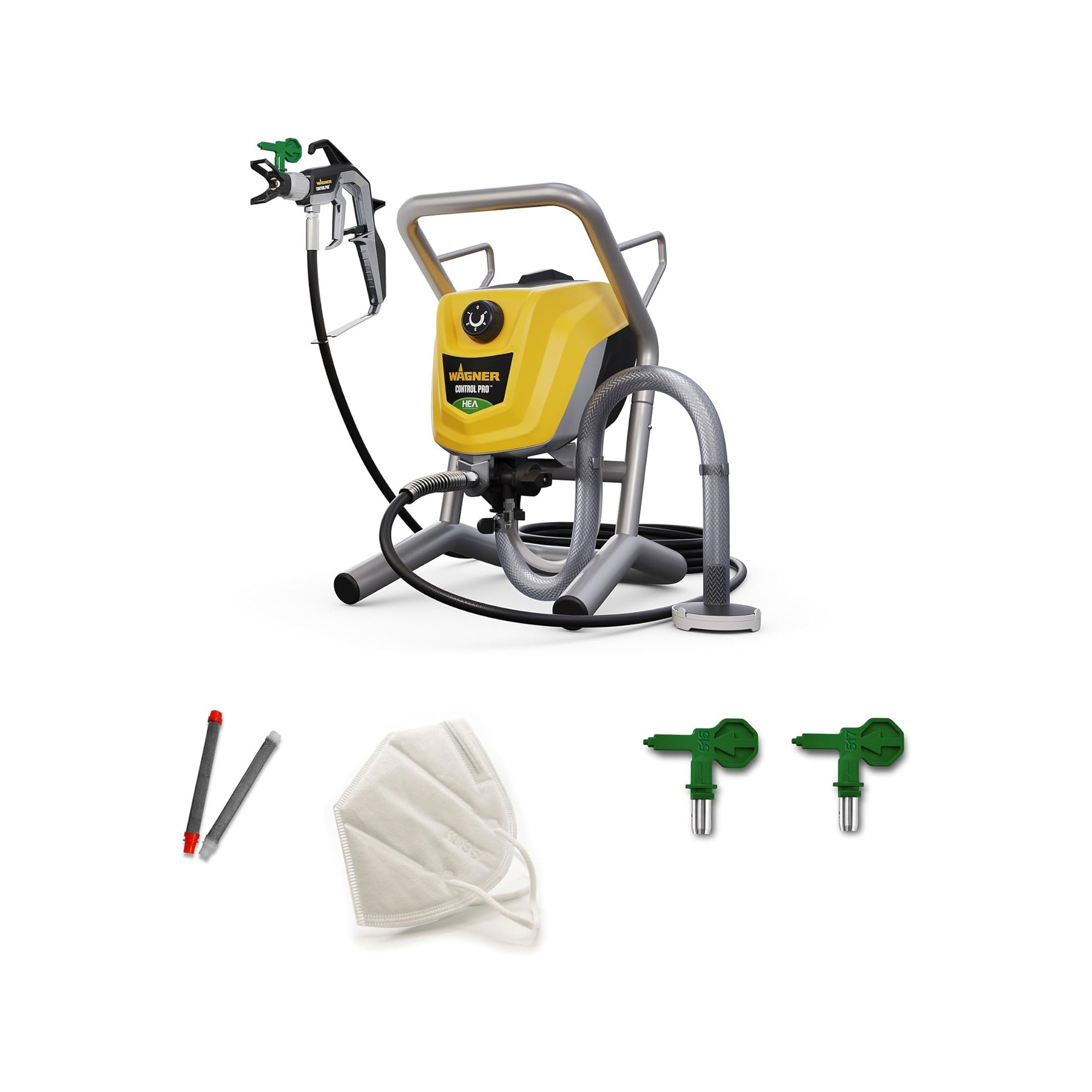
This is a pretty serious piece of kit. Of course what that means is that it has a price tag you might expect of a model such as this one. Thanks to its powerful motor, it can cover 15 square metres in less than five minutes. Be aware that it is pretty heavy, although it has a handy integrated carrying handle.
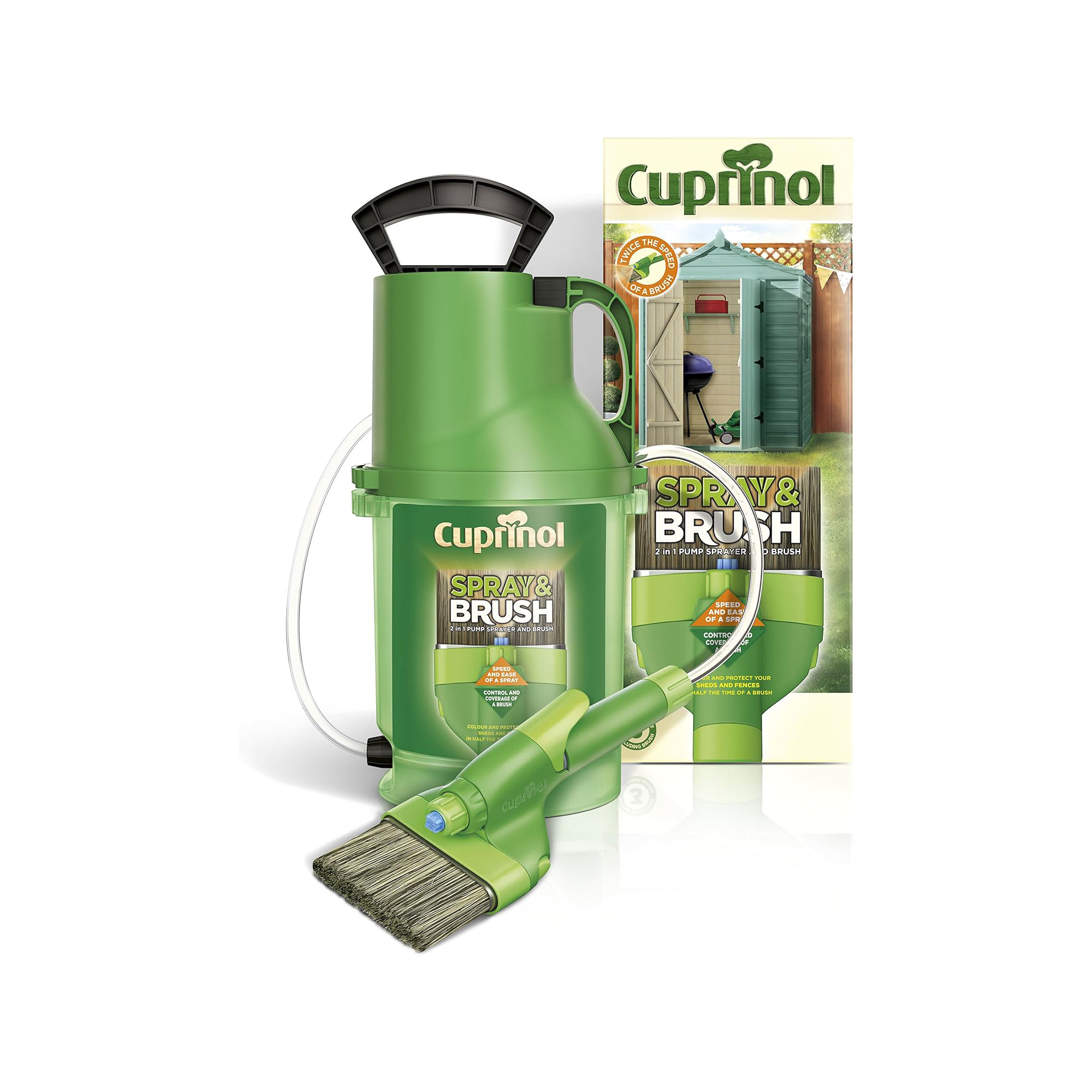
Costing little more than a good set of paint brushes, this Cuprinol paint sprayer is a brilliant budget option that still delivers on performance. This model is hand-powered so does require a little elbow grease, although the 4L capacity means little is required in the way of refilling.
Best overall sprayer
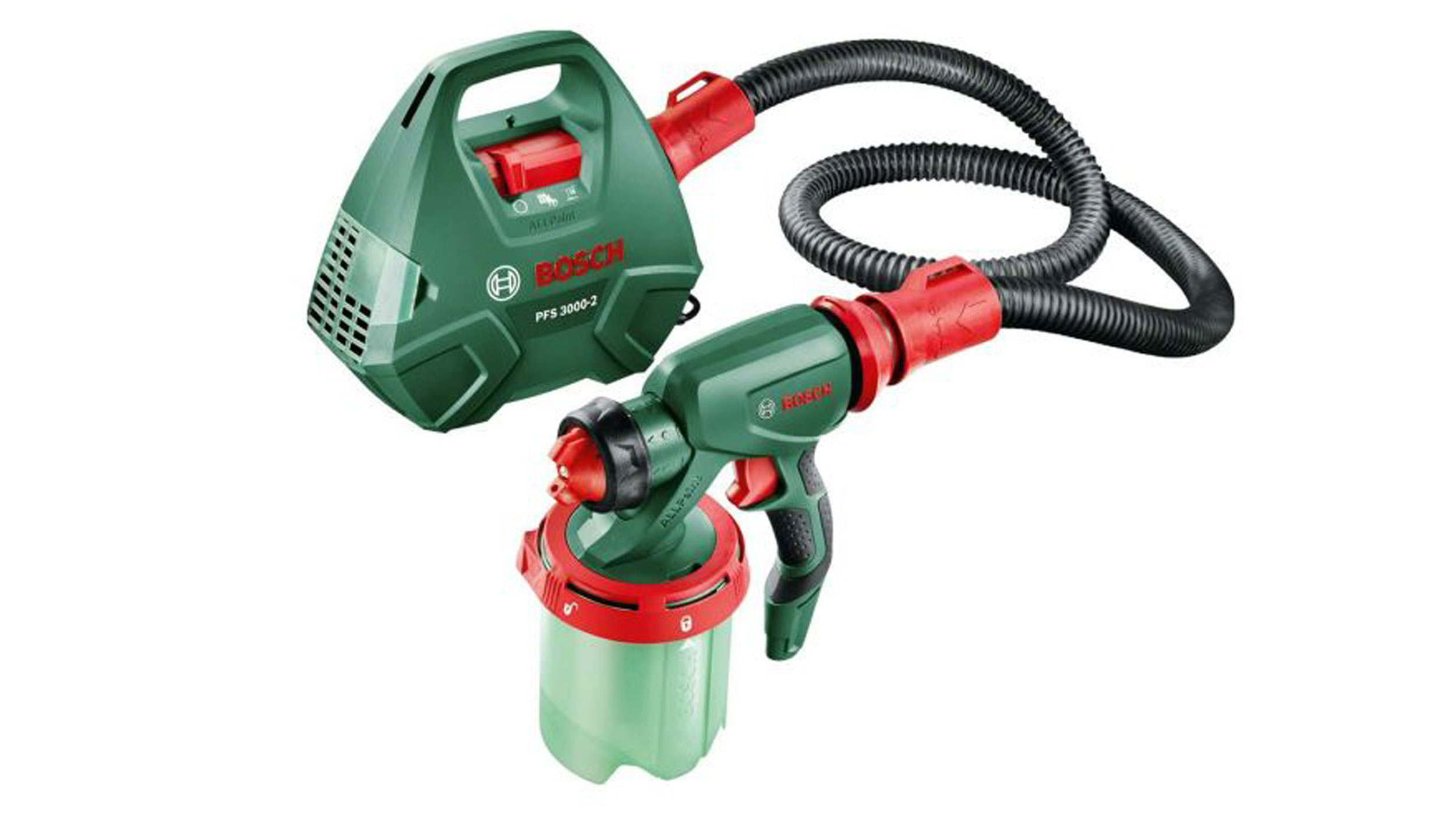
1. Bosch PFS 3000-2 All Paint Spray System
Specifications
Reasons to buy
Reasons to avoid
Versatile, easy to use, and ideal for most paint projects, this paint sprayer from big brand Bosch is a major all-rounder.
A set of colour-coded interchangeable nozzles allow you to switch from wall paint to thicker lacquers, and it glazes quickly and easily. The large 1000ml capacity paint container means that you can save time on refills, and when you have to refill, the Bosch SDS system makes it fast and simple.
The 650W motor pumps through paint fast enough for you to cover around two square metres a minute, but this can leave a lot of spray in the air, especially indoors. It's best therefore to take the motor with you wherever you are spraying.
It’s not lightweight at over 4kg, but a shoulder strap is included to make it easy to keep on the move.
Best for small projects
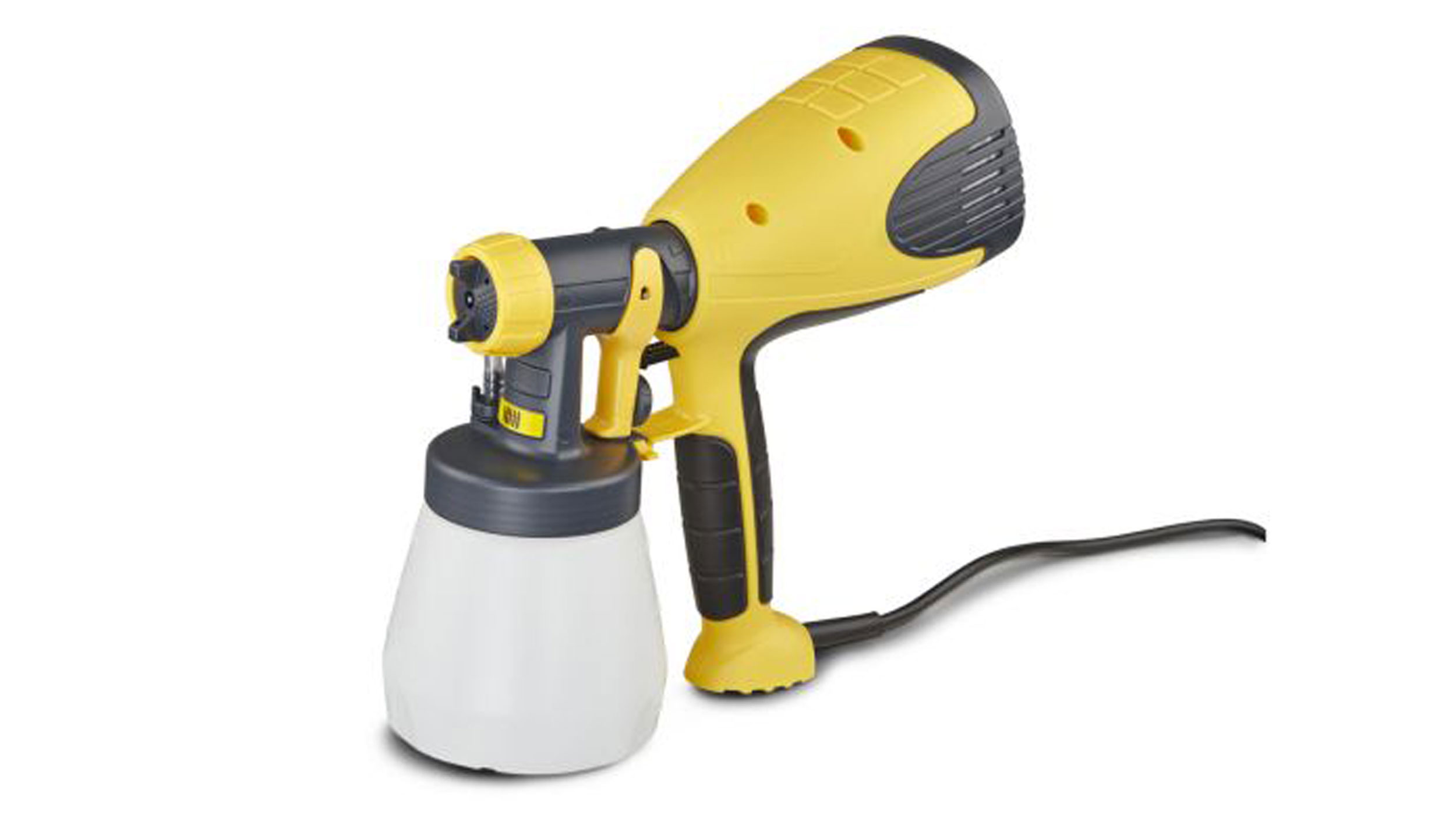
2. Wagner W100 Paint Sprayer
Specifications
Reasons to buy
Reasons to avoid
Have you got a small project you want to spray paint but don’t want to break the bank? Then this budget paint sprayer could be just what you are looking for.
The Wagner W100 is well-suited for windows, fences and furniture, and it can cope with low-viscosity (thin) water-based and solvent-based finishes, such as wood stains, varnishes, and oils. It isn’t suitable for paints such as gloss, however.
With an 800ml paint tank, 280W motor and 3-way adjustable paint jet you can achieve a fast, smooth finish in whatever direction you are working in, but you will need regular refills.
There is the added bonus of an air jacket that encloses the spray jet so the paint doesn’t spread too far and means there is minimal masking work needed.
Best cordless
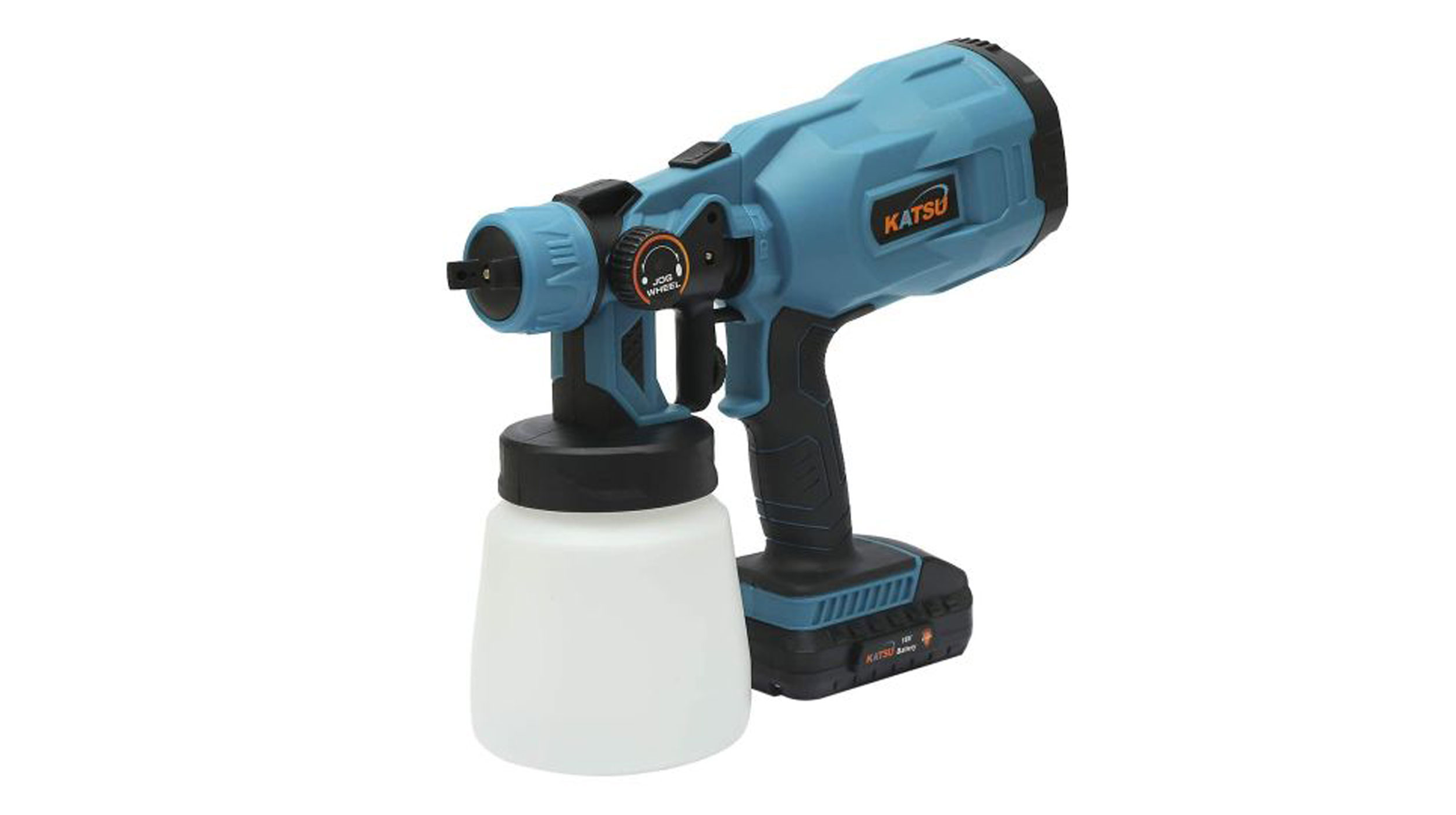
3. KATSU Cordless Paint Sprayer Gun
Specifications
Reasons to buy
Reasons to avoid
If you don't have an electrical outlet nearby to power up your paint sprayer, then a cordless machine can be very handy. And they don't get much better than this sprayer gun from KATSU.
Powered by a Lithium-ion battery you can take this paint sprayer anywhere - just remember to fully charge it before you start painting.
With a paint cup capacity of 800ml, you can get an average of five cups of paint spraying before you need to recharge the battery. That’s around four litres of wood stain, varnish, or emulsion – more than enough to get a few fence panels or walls painted in one go.
The KATSU sprayer also comes with two nozzles for different finishes, adjustable air and paint flow, and variable paint width to help make sure that you get the finish that you want.
Best multi use model
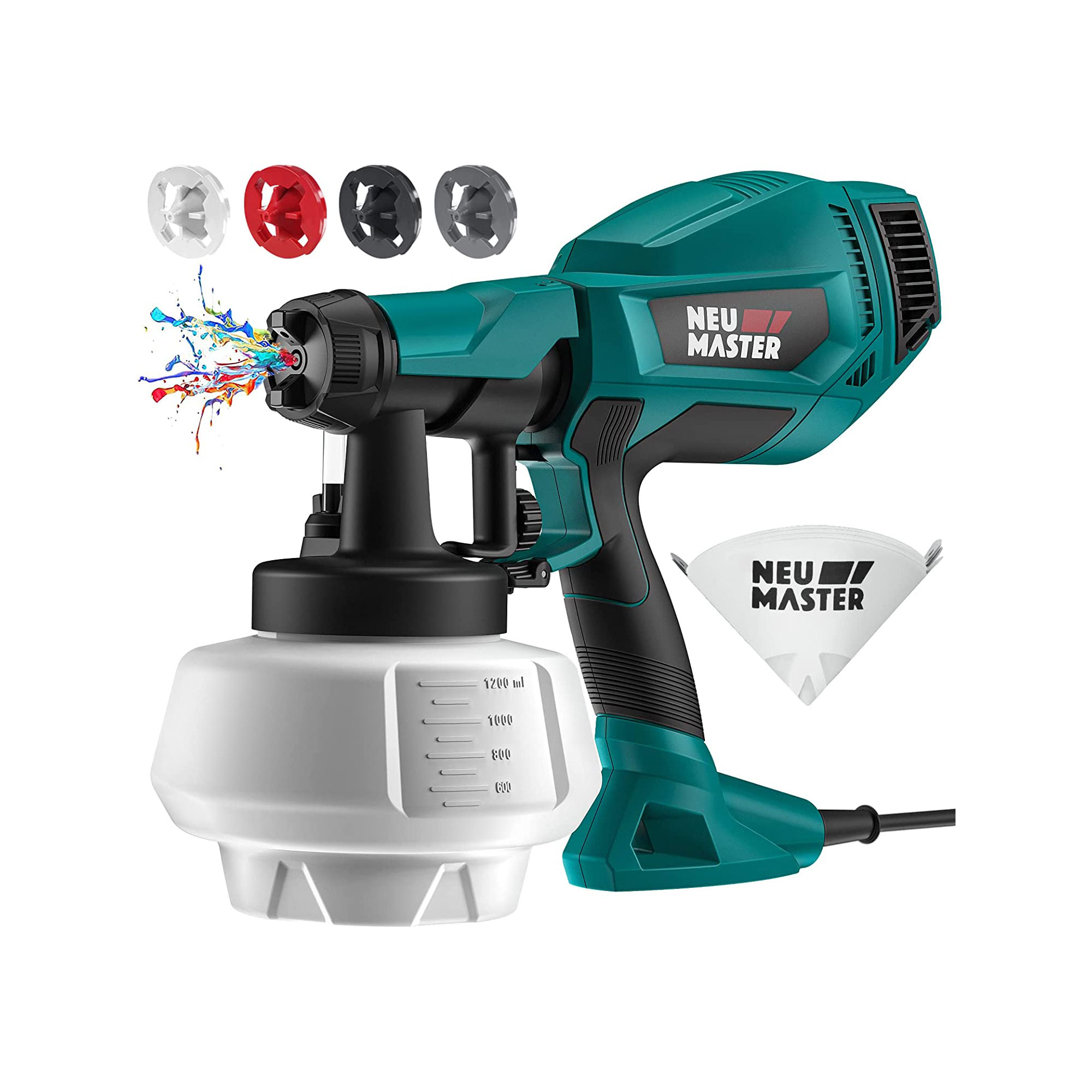
4. NEU MASTER Fence Paint Sprayer
Specifications
Reasons to buy
Reasons to avoid
While the capacity of the EU MASTER Fence Paint Sprayer is a massive tick in the plus column, there's more to it than just that. It also comes with four different nozzles ranging from 1.0mm to 3.0mm, making it ideal for thin finishes such as varnish and wood stain, as well as emulsion and oil-based paints such as gloss and chalk-type paints.
It can hold up to 1.2 litres and comes with a viscosity measuring cup, cleaning brush and needle. In addition, it has an adjustable flow control knob and a 6.65ft cord, plus the 10 strainers that come with it help to filter the impurities of diluted paint.
Best premium
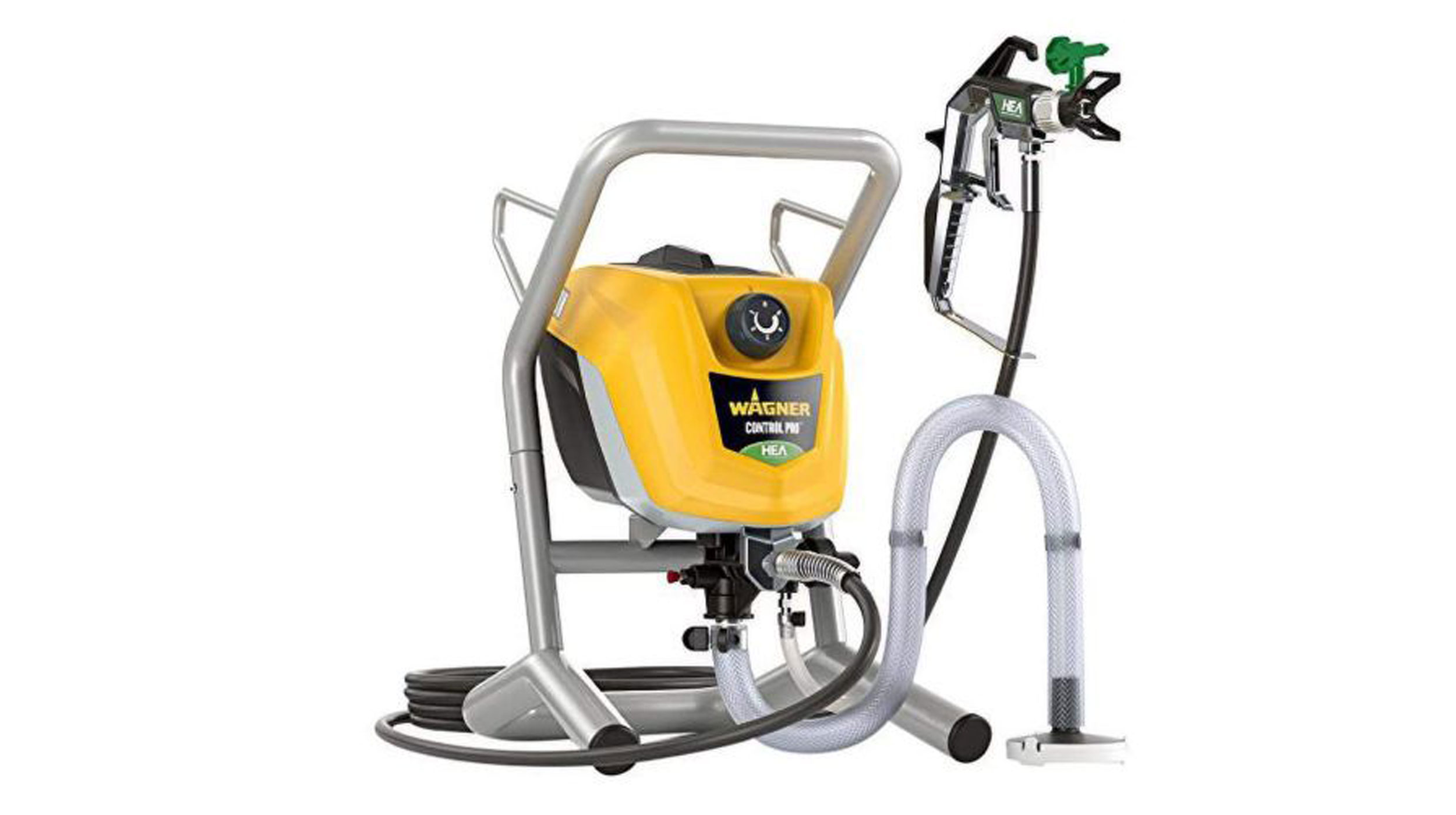
5. Wagner Airless ControlPro 250M Paint Sprayer
Specifications
Reasons to buy
Reasons to avoid
If you fancy going all out on your latest DIY paint project then this powerful airless paint sprayer could just be what you're looking for.
It's great for painting walls and ceilings quickly – it has the potential to cover 15 square metres in less than five minutes. Just think, you could have your whole house done in a day. But be warned, it isn’t cheap.
The Wagner is a compact stand-mounted unit that weighs in at a hefty 7.6kg. But it’s not meant to be a mobile unit, it stays stationary and pulls paint directly from the can – so there's no annoying refills.
When you do need to move it, a useful integrated carrying handle makes it easy to move to a new location. A 9-metre hose means you can reach around standard sized rooms with no trouble at all.
It's compatible with water and solvent-based finishes such as emulsions, gloss, varnishes, acrylic paints, wood stains and primers, and the lightweight spray head and reduced spraying pressure gives greater control when finishing on metal, wood, brick and plaster.
Best budget
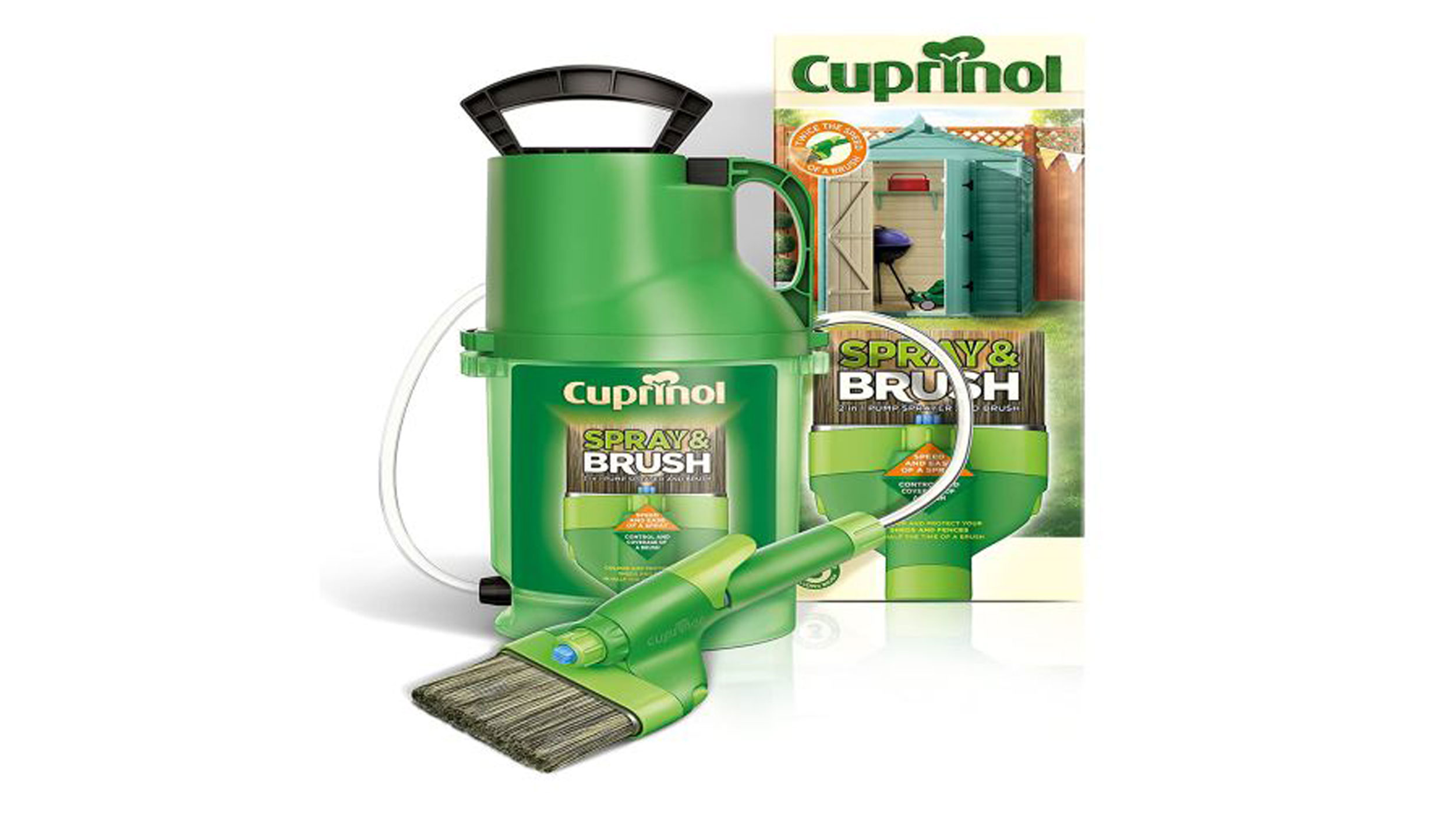
6. Cuprinol Spray and Brush Pump
Specifications
Reasons to buy
Reasons to avoid
This Cuprinol paint sprayer is well worth a look if you are looking to cover your fence panels and shed without paying much more than you would for a set of decent brushes.
A 2-in-1 tool, it combines a sprayer for speed and ease with a brush to give control over the finish. Compatible with Cuprinol One Coat Sprayable Fluid and Garden Shades, the unit is hand powered and needs a little effort to get the pressure up. If the spray splutters you need to keep pumping.
But when ready, you can paint a fence panel in less than five minutes and thanks to its 4L capacity you won’t be refilling too often.
FAQs
What are the different types of paint sprayer?
Picking the best paint sprayer for your latest paint project depends very much on the task at hand. Are you painting walls and ceilings? Are you looking to spruce up your kitchen cabinets? Or giving your garden fence a fresh coat of paint? Consider these factors when choosing your machine.
There are three main types of paint sprayers: airless, HVLP (High Volume Low Pressure), and compressed.
For most DIY jobs, airless and HVLP are the best choices. The low pressure on HVLP is good for indoor jobs as they produce less mess and they don’t waste as much paint. They're also great for those new to paint spraying.
Airless sprayers are better for larger areas such as walls, but the higher pressure can create more mess and you will need a little more skill to get a good finish.
Are paint sprayers better than brushes and rollers?
One question all DIYers will be asking about paint sprayers is ‘Are they better than rollers and brushes?’ The answer is both ‘yes’ and ‘no’. A paint sprayer will help create a smoother more professional-looking finish and is quicker to apply. But there is an art to paint spraying, so you might need a few practice runs before you start.
You will definitely need more prep time, especially if painting indoors. Windows, doors, and furniture will need to be covered as the spray can travel in the air. If you are using water-based paint, warm water does the job.
Remove nozzles, hoses, and paint containers and rinse until the water is clear. For nozzles use a pipe cleaner or stiff brush to make sure it’s clean. The same principle applies to oil-based paints, but you will need a solvent/brush cleaner and plenty of it to clean your equipment. Then you will need to rinse. with warm water. This can be messy and time-consuming, but it needs to be done properly.
Is it worth investing in a paint sprayer?
Yes, if you want the finish it offers, but you will need to make sure you look after your equipment.
How we review the best paint sprayers
Here at Homebuilding.co.uk we like to get our hands dirty and trial as many products as possible, but in the instances where we aren’t able to, such as with the best paint sprayers, we leave no stone unturned to provide you with the crucial information you need to know before buying. Our team is passionate about DIY and home improvement (which probably won’t be a surprise) so we already have knowledge about the brands that make these sprayers. Moreover, we have taken into account user reviews when compiling this buying guide. There's a lot to consider to ensure you buy the best paint sprayer, and we’ve scanned the pros and cons of each model in this buying guide to ensure you feel confident in choosing the right product for your home.
Get the Homebuilding & Renovating Newsletter
Bring your dream home to life with expert advice, how to guides and design inspiration. Sign up for our newsletter and get two free tickets to a Homebuilding & Renovating Show near you.
Steve Jenkins is a freelance content creator with over two decades of experience working in digital and print and was previously the DIY content editor for Homebuilding & Renovating.
He is a keen DIYer with over 20 years of experience in transforming and renovating the many homes he has lived in. He specialises in painting and decorating, but has a wide range of skills gleaned from working in the building trade for around 10 years and spending time at night school learning how to plaster and plumb.
He has fitted kitchens, tiled bathrooms and kitchens, laid many floors, built partition walls, plastered walls, plumbed in bathrooms, worked on loft conversions and much more. And when he's not sure how to tackle a DIY project he has a wide network of friends – including plumbers, gas engineers, tilers, carpenters, painters and decorators, electricians and builders – in the trade to call upon.

